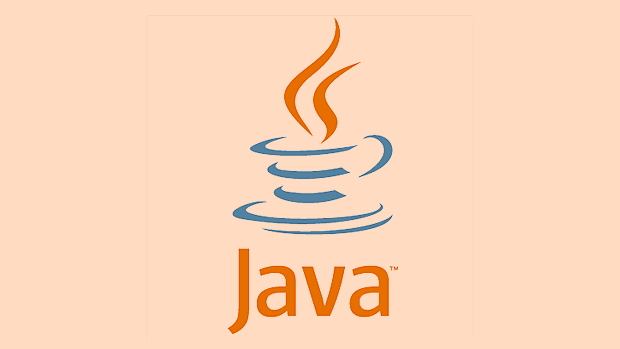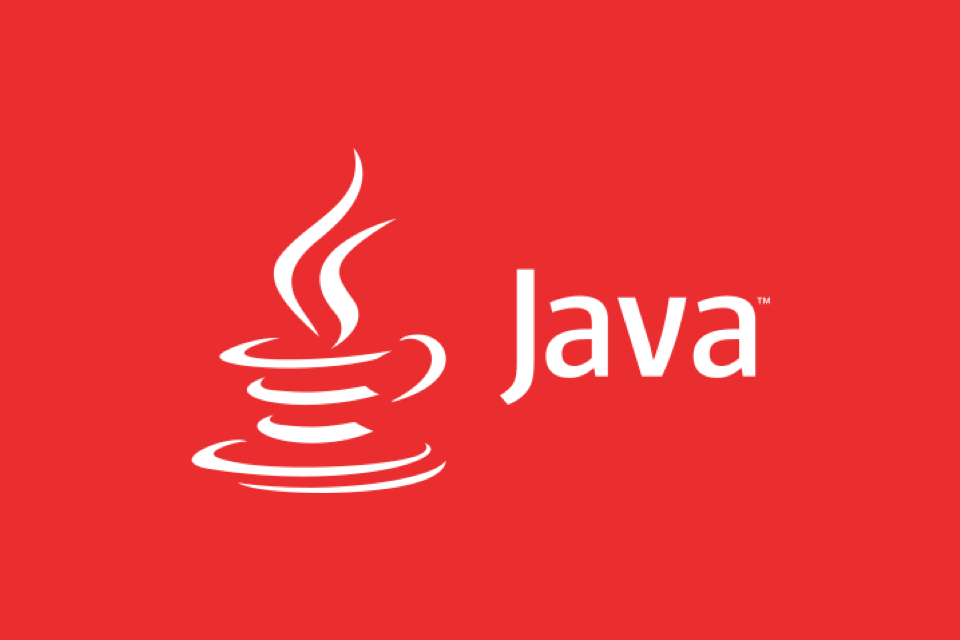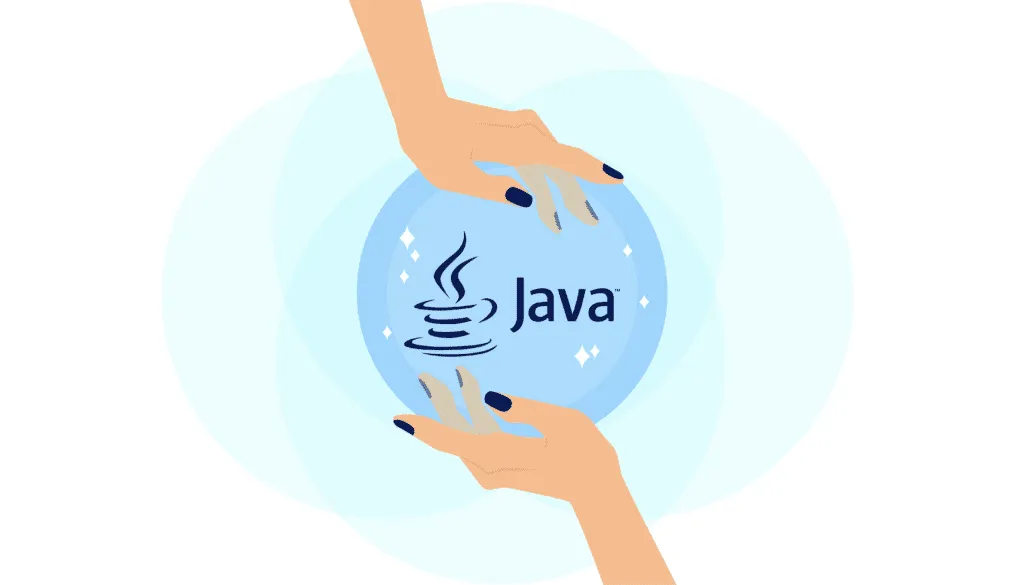Garbage collection (GC) is the core mechanism of Java's automatic memory management, used to identify and free objects that are no longer in use to avoid memory leaks. 1. Garbage objects refer to objects that are no longer referenced by any root object; 2. The basic process of GC includes marking surviving objects and recycling unlabeled objects; 3. Common garbage collectors include Serial GC, Parallel Scavenge, CMS, G1, ZGC/Shenandoah, which are suitable for different scenarios; 4. Methods to optimize GC performance include reasonably setting the heap size, selecting appropriate algorithms, monitoring logs, avoiding memory leaks, and reducing temporary object generation. By understanding the GC mechanism, code efficiency and system tuning capabilities can be improved.

Java's Garbage Collection (GC) mechanism is the core part of Java's automatic memory management. Its main function is to automatically identify and free up memory space occupied by objects that are no longer in use, thereby avoiding the problems caused by memory leakage and manual memory management.

What is a garbage object?
In Java, an object is called a "garbage object" if it is no longer referenced by any "root object" (such as local variables, static class attributes, etc. in the thread stack). GC scans these objects regularly and recycles the memory they occupy.

To give a simple example: when you create an object Person p = new Person(); and then execute p = null; , if no other reference points to this Person instance, it becomes a garbage object, waiting for GC to recycle.
The basic process of Java garbage collection
Java garbage collection usually includes two basic steps:

- Mark : GC scans all reachable objects and marks them as "survival".
- Sweep or Compact : Unmarked objects are treated as garbage and their occupied memory will be recycled. Some GC algorithms also organize surviving objects to reduce memory fragmentation.
The specific implementation methods of different garbage collectors vary slightly. For example, some will collect in generations (such as Serial and Parallel Scavenge), while others will collect in full heap (such as G1).
What are the common garbage collectors in Java?
Currently common garbage collectors include the following types, which are suitable for different usage scenarios:
- Serial GC : Single-threaded recycler, suitable for small memory and single-core CPU scenarios.
- Parallel Scavenge : a multi-threaded recycler that focuses on throughput and is suitable for background computing services.
- CMS (Concurrent Mark Sweep) : Low latency is preferred, suitable for response time-sensitive applications, but it is prone to memory fragmentation.
- G1 (Garbage First) : takes into account both throughput and latency, suitable for large piles of memory, a modern mainstream choice.
- ZGC/Shenandoah : A new generation of GC with ultra-low latency suitable for high concurrency systems that require millisecond pauses.
You can use the JVM startup parameters to specify which garbage collector to use, for example -XX: UseG1GC is to enable G1.
How to optimize Java garbage collection performance?
Optimizing GC performance can start from the following aspects:
- Reasonably set the heap size : set
-Xmsand-Xmxaccording to the application load to avoid frequent Full GC. - Choose the right GC algorithm : Choose a low-latency or high-throughput recycler based on the type of service.
- Monitor GC logs : Use
-Xlog:gc*or third-party tools such as VisualVM, JConsole, Prometheus Grafana to observe GC behavior. - Avoid memory leaks : Check for unnecessary long-lifetime objects holding large amounts of memory.
- Reduce temporary object generation : Try to multiplex objects to reduce the frequency of Minor GC.
If you find that applications often have a long-term Full GC, or the elderly have grown too fast, you may need to adjust the heap configuration or troubleshoot memory problems in the code.
Basically that's it. Understanding the Java garbage collection mechanism will not only help you write more efficient code, but also be more confident when tuning the system.
The above is the detailed content of How does Java Garbage Collection work?. For more information, please follow other related articles on the PHP Chinese website!

Hot AI Tools

Undress AI Tool
Undress images for free

Undresser.AI Undress
AI-powered app for creating realistic nude photos

AI Clothes Remover
Online AI tool for removing clothes from photos.

Clothoff.io
AI clothes remover

Video Face Swap
Swap faces in any video effortlessly with our completely free AI face swap tool!

Hot Article

Hot Tools

Notepad++7.3.1
Easy-to-use and free code editor

SublimeText3 Chinese version
Chinese version, very easy to use

Zend Studio 13.0.1
Powerful PHP integrated development environment

Dreamweaver CS6
Visual web development tools

SublimeText3 Mac version
God-level code editing software (SublimeText3)

Hot Topics
 Selecting Specific Columns | Performance Optimization
Jun 27, 2025 pm 05:46 PM
Selecting Specific Columns | Performance Optimization
Jun 27, 2025 pm 05:46 PM
Selectingonlyneededcolumnsimprovesperformancebyreducingresourceusage.1.Fetchingallcolumnsincreasesmemory,network,andprocessingoverhead.2.Unnecessarydataretrievalpreventseffectiveindexuse,raisesdiskI/O,andslowsqueryexecution.3.Tooptimize,identifyrequi
 What is the `enum` type in Java?
Jul 02, 2025 am 01:31 AM
What is the `enum` type in Java?
Jul 02, 2025 am 01:31 AM
Enums in Java are special classes that represent fixed number of constant values. 1. Use the enum keyword definition; 2. Each enum value is a public static final instance of the enum type; 3. It can include fields, constructors and methods to add behavior to each constant; 4. It can be used in switch statements, supports direct comparison, and provides built-in methods such as name(), ordinal(), values() and valueOf(); 5. Enumeration can improve the type safety, readability and flexibility of the code, and is suitable for limited collection scenarios such as status codes, colors or week.
 Applying Semantic Structure with article, section, and aside in HTML
Jul 05, 2025 am 02:03 AM
Applying Semantic Structure with article, section, and aside in HTML
Jul 05, 2025 am 02:03 AM
The rational use of semantic tags in HTML can improve page structure clarity, accessibility and SEO effects. 1. Used for independent content blocks, such as blog posts or comments, it must be self-contained; 2. Used for classification related content, usually including titles, and is suitable for different modules of the page; 3. Used for auxiliary information related to the main content but not core, such as sidebar recommendations or author profiles. In actual development, labels should be combined and other, avoid excessive nesting, keep the structure simple, and verify the rationality of the structure through developer tools.
 What is the JDK?
Jun 25, 2025 pm 04:05 PM
What is the JDK?
Jun 25, 2025 pm 04:05 PM
JDK (JavaDevelopmentKit) is a software development environment for developing Java applications and applets. It contains tools and libraries required to compile, debug and run Java programs. Its core components include Java compiler (javac), Java runtime environment (JRE), Java interpreter (java), debugger (jdb), document generation tools (javadoc) and packaging tools (such as jar and jmod). Developers need JDK to write, compile Java code and develop with the help of IDE; without JDK, Java applications cannot be built or modified. You can enter javac-version and java-version in the terminal
 VSCode debugger for Java setup guide
Jul 01, 2025 am 12:22 AM
VSCode debugger for Java setup guide
Jul 01, 2025 am 12:22 AM
The key steps in configuring the Java debugging environment on VSCode include: 1. Install JDK and verify; 2. Install JavaExtensionPack and DebuggerforJava plug-in; 3. Create and configure the launch.json file, specify mainClass and projectName; 4. Set up the correct project structure to ensure the source code path and compilation output are correct; 5. Use debugging techniques such as Watch, F8/F10/F11 shortcut keys and methods to deal with common problems such as class not found or JVM attachment failure.
 Describe Python garbage collection in Python.
Jul 03, 2025 am 02:07 AM
Describe Python garbage collection in Python.
Jul 03, 2025 am 02:07 AM
Python's garbage collection mechanism automatically manages memory through reference counting and periodic garbage collection. Its core method is reference counting, which immediately releases memory when the number of references of an object is zero; but it cannot handle circular references, so a garbage collection module (gc) is introduced to detect and clean the loop. Garbage collection is usually triggered when the reference count decreases during program operation, the allocation and release difference exceeds the threshold, or when gc.collect() is called manually. Users can turn off automatic recycling through gc.disable(), manually execute gc.collect(), and adjust thresholds to achieve control through gc.set_threshold(). Not all objects participate in loop recycling. If objects that do not contain references are processed by reference counting, it is built-in
 How do I set up VS Code for Java development?
Jun 29, 2025 am 12:23 AM
How do I set up VS Code for Java development?
Jun 29, 2025 am 12:23 AM
To use VSCode for Java development, you need to install the necessary extensions, configure the JDK and set up the workspace. 1. Install JavaExtensionPack, including language support, debugging integration, build tools and code completion functions; optional JavaTestRunner or SpringBoot extension package. 2. Install at least JDK17 and verify through java-version and javac-version; set the JAVA_HOME environment variable, or switch multiple JDKs in the status bar at the bottom of VSCode. 3. After opening the project folder, make sure the project structure is correct and enable automatic saving, adjust the formatting rules, enable code checking, and configure the compilation task to optimize the opening.
 Windows search bar not typing
Jul 02, 2025 am 10:55 AM
Windows search bar not typing
Jul 02, 2025 am 10:55 AM
When the Windows search bar cannot enter text, common solutions are: 1. Restart the Explorer or computer, open the Task Manager to restart the "Windows Explorer" process, or restart the device directly; 2. Switch or uninstall the input method, try to use the English input method or Microsoft's own input method to eliminate third-party input method conflicts; 3. Run the system file check tool, execute the sfc/scannow command in the command prompt to repair the system files; 4. Reset or rebuild the search index, and rebuild it through the "Index Options" in the "Control Panel". Usually, we start with simple steps first, and most problems can be solved step by step.






